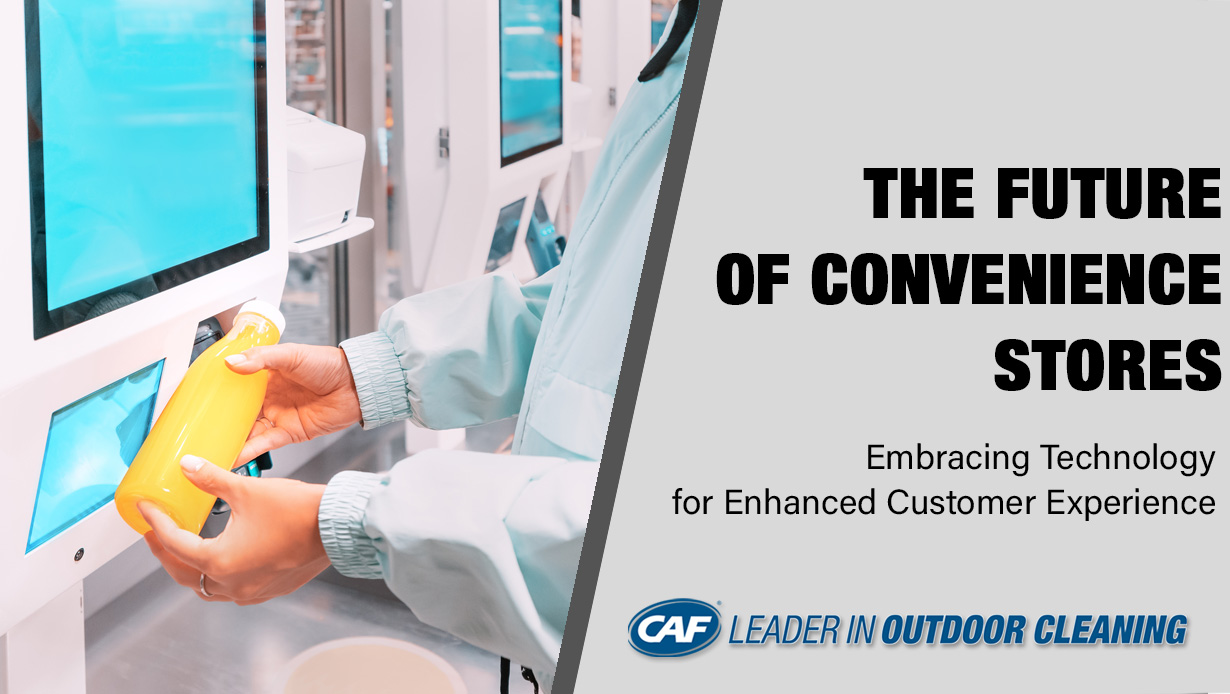The Future of Convenience Stores: Embracing Technology for Enhanced Customer Experience
Introduction
In an era where technology is reshaping every aspect of our lives, convenience stores (c-stores) are not far behind. As Elliot Maras, editor of Kiosk Marketplace and Vending Times, aptly puts it, the convenience retail sector is embracing opportunities in environments previously unexplored. This blog explores how c-stores are transforming, driven by technological advancements, and why wise investments in tech are crucial for growth and customer satisfaction.
The Evolving C-Store Landscape
The c-store industry is in a state of rapid transformation, driven by changing consumer behaviors and various external factors like inflation and market dynamics. A study by PDI Technologies and GasBuddy highlights the evolving nature of c-stores, now perceived not just as fuel stops but as comprehensive retail destinations. The U.S. Commerce Department's report of a 0.6% rise in retail sales, primarily influenced by gas station spending, underscores the potential for c-stores to enhance customer interactions and foster brand loyalty.
Technological Innovations in C-Stores
Leading the charge in this transformation are pioneering companies like 7-Eleven Inc., which is establishing a substantial electric vehicle charging network. Similarly, a gas station in Clearwater, Florida, is experimenting with self-ordering technology at fuel pumps, aiming to enrich customer experience and profitability.
To gain deeper insights, RetailCustomerExperience consulted Michael Jaszczyk, Chief Digital Transformation Officer at GK and CEO of GK Americas. Jaszczyk's extensive background in retail software development provides a valuable perspective on the intersection of technology and customer experience in c-stores.
Key Insights from Michael Jaszczyk
Personalization in Loyalty Programs
Jaszczyk notes the most significant shift in the past decade is the rise of personalized loyalty programs, empowered by AI-driven technology. These programs are essential for c-stores to stay competitive and cater to consumer expectations, especially under economic pressures.
Enhancing Shopping and Fueling Experience
To improve customer experience, Jaszczyk suggests integrating fuel and in-store rewards through a unified POS system, thereby streamlining loyalty accumulation. Introducing diverse product assortments, eateries, and enabling mobile payments are other strategies to enhance convenience and engagement.
The Importance of Customer Loyalty
With EV drivers spending more time at charging stations, there's a golden opportunity for c-stores to foster loyalty by offering an improved experience. Jaszczyk emphasizes the importance of comprehensive loyalty programs that connect with customers through their preferred channels and use data insights for personalized recommendations.
Advancements at the Pump
C-stores are effectively using the pump as a touchpoint to drive in-store traffic, employing enhanced ordering and payment technology. However, Jaszczyk warns against a siloed approach, advocating for integrated systems to provide a seamless customer experience from pump to store.
Conclusion
The transformation of the c-store industry is a testament to the power of technology in reshaping customer experiences. As c-stores continue to evolve, the focus must be on implementing technology thoughtfully, keeping customer preferences at the forefront. By doing so, c-stores can not only meet but exceed customer expectations, driving growth and fostering enduring loyalty.
In conclusion, the c-store sector's future hinges on its ability to adapt and innovate. By wisely investing in technology and focusing on customer-centric strategies, c-stores can navigate the challenges of a dynamic retail landscape and emerge as leaders in customer satisfaction and business growth.






 Europe
Europe 








Comments